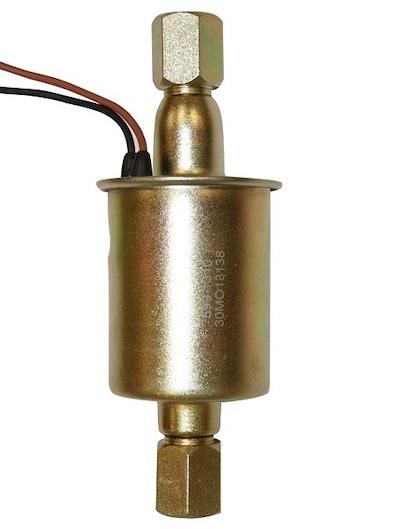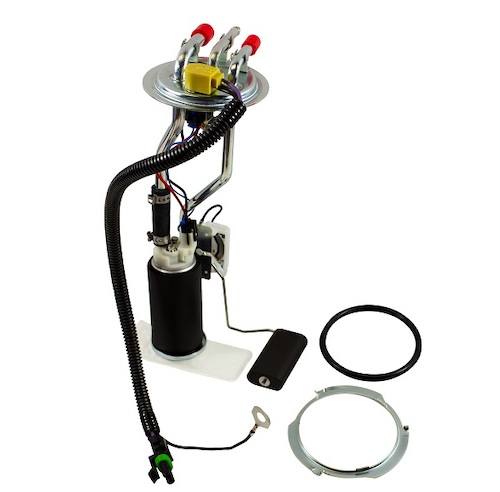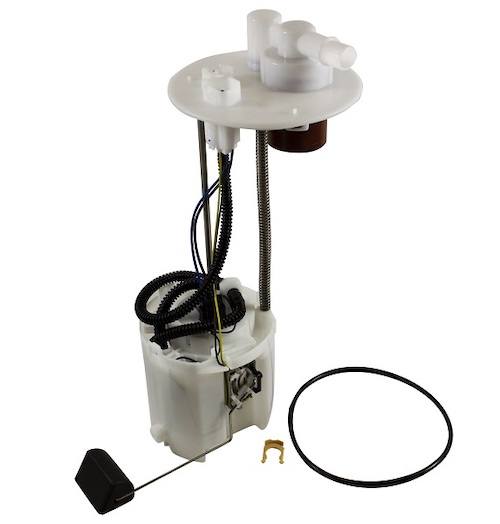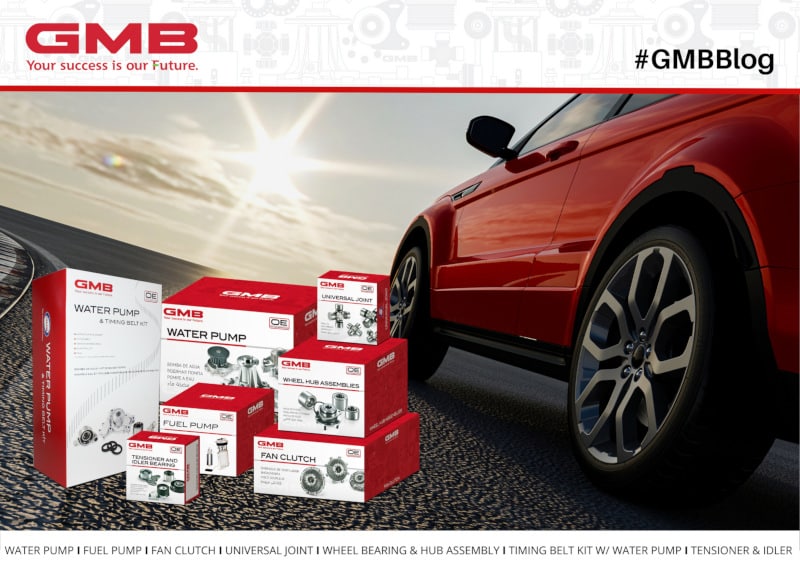Major Innovations In Fuel Pumps
The mechanical fuel pump was commonly used in automobiles between the 1920s and late 1960s. During those 40-50 years, the mechanical fuel pump design did not evolve much. In the late 1960s, the electric fuel pump replaced the mechanical fuel pump in many vehicles. That was over 50 years ago. In those 5 decades, the electric fuel pump went through many different changes.
The electric fuel pumps used today are quite different from the electric fuel pumps in the late 60s. Let’s go over the biggest changes weve seen in electric fuel pumps over the years.
Solenoid Fuel Pumps

The first type of electric fuel pump was the electric solenoid fuel pump. In the infancy of electric fuel pumps, people saw the solenoid design as innovative. By today’s standards, it’s a bit basic. Solenoid pumps have very few moving parts.
Designers of the earliest electric fuel pumps borrowed the design from mechanical fuel pumps. Instead of a camshaft, an electric fuel pump used a solenoid to move the diaphragm. Just like in a mechanical fuel pump, the diaphragm would pull fuel from the fuel tank and then send it to the engine. One advantage to the electric fuel pump was that it could be placed anywhere in the engine compartment. Mechanical fuel pumps were usually mounted on the engine.
A Little Bit About Solenoids
A solenoid uses an electromagnet to move a metal rod. When current is switched on, the bar moves in one direction. When the current is turned off, a spring returns the rod to its starting position. The technology has been around since the early 1800s. That’s when French physicist Andre-Marie Ampere discovered that electric currents create magnetic fields. A solenoid in a fuel pump uses the relationship between electricity and magnetism to pump fuel.
The solenoid is a great innovation. Solenoid fuel pumps were sufficient for carbureted engines, and the first generation of fuel injection. As fuel injection evolved, higher fuel pressures were required. That’s why the electric fuel pump evolved past the solenoid design.
Sender/Hanger Assembly Fuel Pumps

Fuel pump engineers realized that solenoid fuel pumps couldn’t keep up with the demands of the ever-evolving fuel system. This realization resulted in the invention of sender/hanger assembly fuel pump design. The new fuel pump design had the fuel pump mounted inside the fuel tank.
This fuel pump design is much more elaborate than the simple solenoid fuel pump design. It involves:
- A fuel pump hanger assembly that seals the fuel tank opening and serves as the mount for the fuel pump
- An electric rotary fuel pump
- A sending unit that “sends” the fuel level to the ECU and dashboard
- A fuel strainer
- A fuel pump/sending unit harness
- Return lines
The setup may be more elaborate, but it’s much more efficient. Electric rotary fuel pumps can create and handle higher fuel pressures. They also offer a larger variety of flow rates and pressure outputs. Mounting the fuel pump in the tank allowed it to be cooled by fuel, virtually eliminating vapor lock. All of these improvements created a more reliable fuel system.
Modular Fuel Pump Assemblies

Fuel pump engineers decided that vehicles needed a more “streamlined” fuel pump assembly. So the sender/hanger design evolved into the modular fuel pump. It has the same basic components as the sender/hanger design, but has the following improvements:
- Less cost to manufacture
- More compact
- Easier to install on the assembly line
- Added fuel pump reservoir around the pump to help prevent overheating
High Pressure GDI Pumps

GDI stands for “gasoline direct injection. GDI engines require more highly pressurized fuel, which is injected directly into the combustion chamber of each cylinder. Many car owners consider GDI a better system than the standard fuel injection system because:
- It meets stricter emissions standards
- It is more fuel efficient
- It creates more power than conventional fuel injection
GDI is a relatively new technology that has been around since the mid 90s. However it is just now starting to enter the mainstream of the auto market. Auto makers are switching to it to help meet ever tougher fuel economy standards.
There are a variety of GDI fuel system designs, but one version includes:
- A conventional low pressure fuel pump in the fuel tank
- A high pressure pump in the engine compartment
- This pump is usually mechanically driven by the camshaft
- V engines may have two high pressure pumps.
A GDI fuel system is a rather elaborate and expensive setup. This is why it’s only starting to become more common now.
It has been fascinating watching the fuel pump evolve from having a basic mechanical design to having high-tech designs like the GDI system. We look forward to seeing more incredible fuel pump innovations crop up in the future!
Read more about the Evolution of Electric Fuel Pumps
MORE CONTENT
Stay current!
Sign up here to get the latest news
and updates on all things GMB.
Sign Up To Receive GMB News & Updates!

